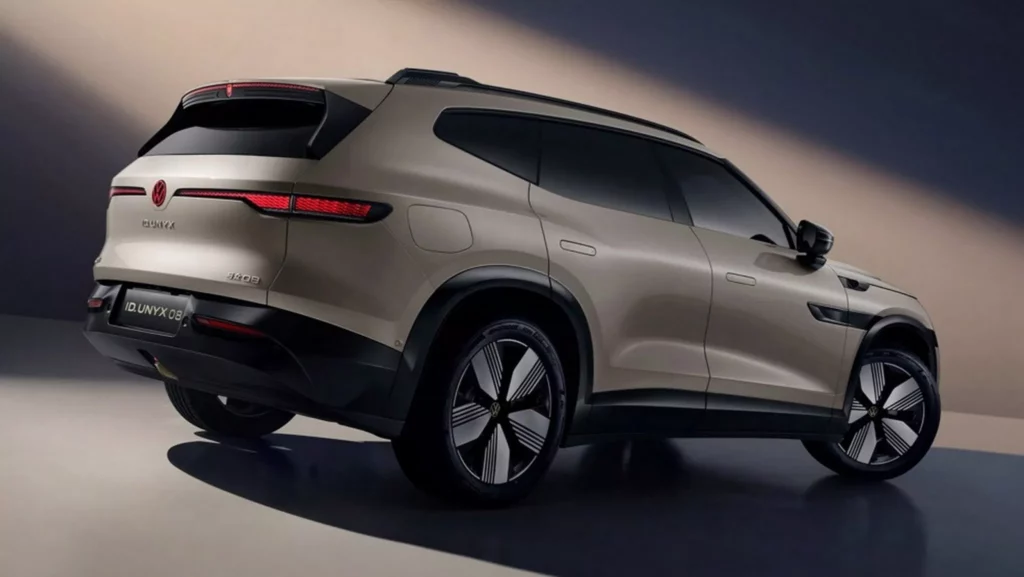Skoda’s Vision For The Sedan Of The Future Looks Promising

- Skoda has introduced a modern reincarnation of the 100 sedan concept from the ’70s.
- The concept was created by headlight designer Martin Paclt and has no production intent.
- It was envisioned as fully electric, but retains the rear-engined RWD layout of the original.
Skoda has treated us with several digital concepts inspired by past icons, but the latest example is the first to adopt a sedan bodystyle. The new creation looks like a Superb from the future, while retaining the rear-engined, RWD setup of old Skoda models.
The source of inspiration was the Skoda 100 sedan – the first “million-unit” model from the Czech automaker, with 1,079,708 units produced between 1969 and 1977. The modern reincarnation was created by Martin Paclt, a member of the company’s headlight design team who has contributed to various concept cars (Vision X, 7S and O) and production models (Enyaq, Karoq, Kamiq, and Kodiaq).
More: This Futuristic RWD Coupe Could Have Been Skoda’s Best Throwback Yet
The designer chose this particular model because of its popularity and for its “clean, timeless lines, which resonate strongly with the current Modern Solid design direction”. The sedan mirrors the proportions of the current Superb, as Paclt wanted to give it a “more premium, limousine-like character” compared to its budget-oriented predecessor from the ’70s.
References to the original include the character lines on the profile, the cooling intakes on the rear fenders, the vents under the taillights, and the main graphic on the nose enclosing the grille and headlights. The latter deviate from the round shape, although this direction was explored in early sketches.

The reborn Skoda 100 sedan rides on large-diameter alloy wheels with a futuristic design, contributing to sleek proportions in combination with the short overhang. Still, the highlight is the rear deck with a roof scoop and the absence of a rear windshield, a feature that’s becoming increasingly common in concept cars.
More: The Mazda RX-8 Spirit Lives On, But It’s Wearing A Skoda Badge
The design study is envisioned as fully electric, but stays true to the rear-engined RWD layout of the original. This means that the intakes are destined for cooling EV components rather than an ICE powertrain. According to the designer, the primary storage compartment is located at the front, with a small boot at the back.
The 100 sedan follows the 110R and 1000 MBX coupes, the Favorit hatchback, and the Felicia Fun pickup studies. The entire series is not destined for production, but gives Skoda designers the freedom to explore and revive past models in the form of modern EVs incorporating the Modern Solid styling language.



















































